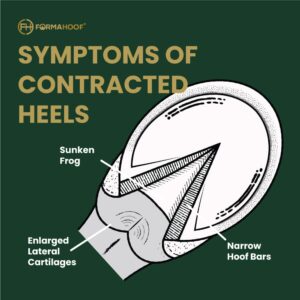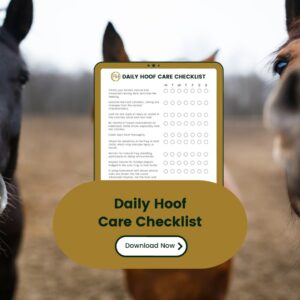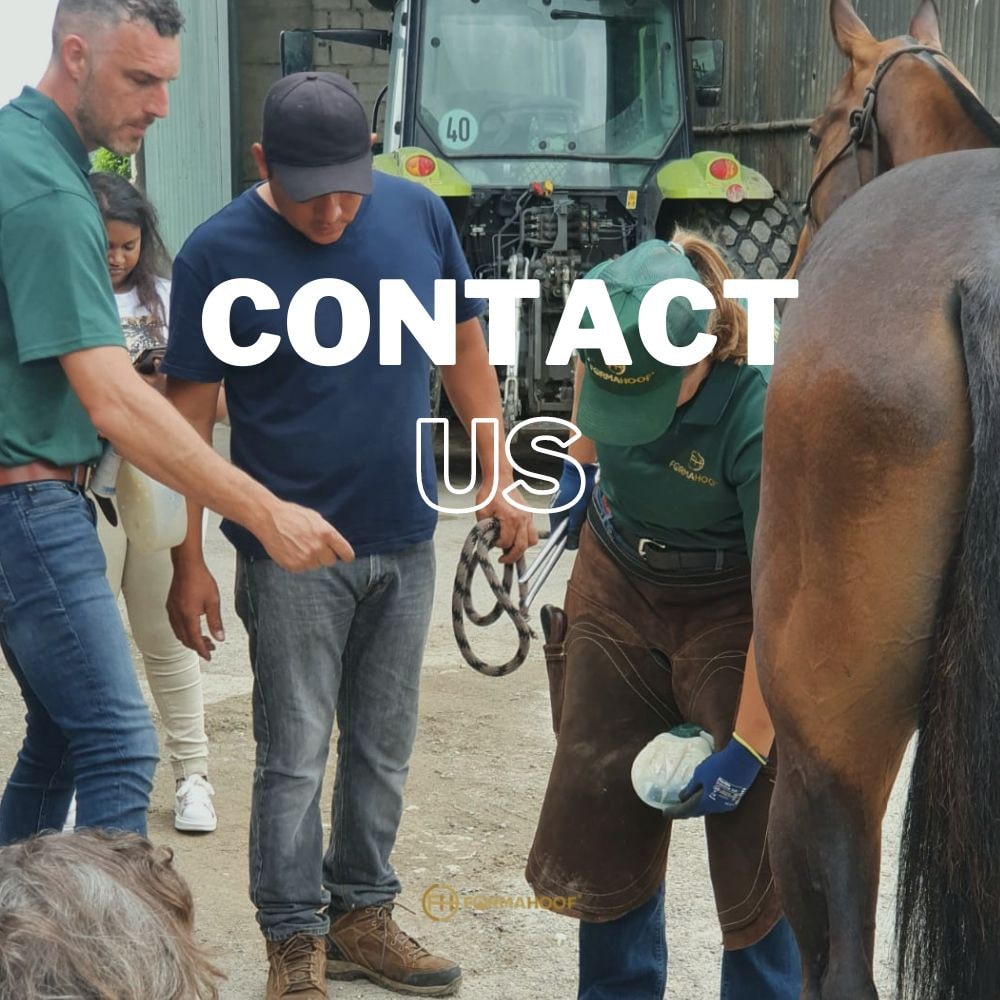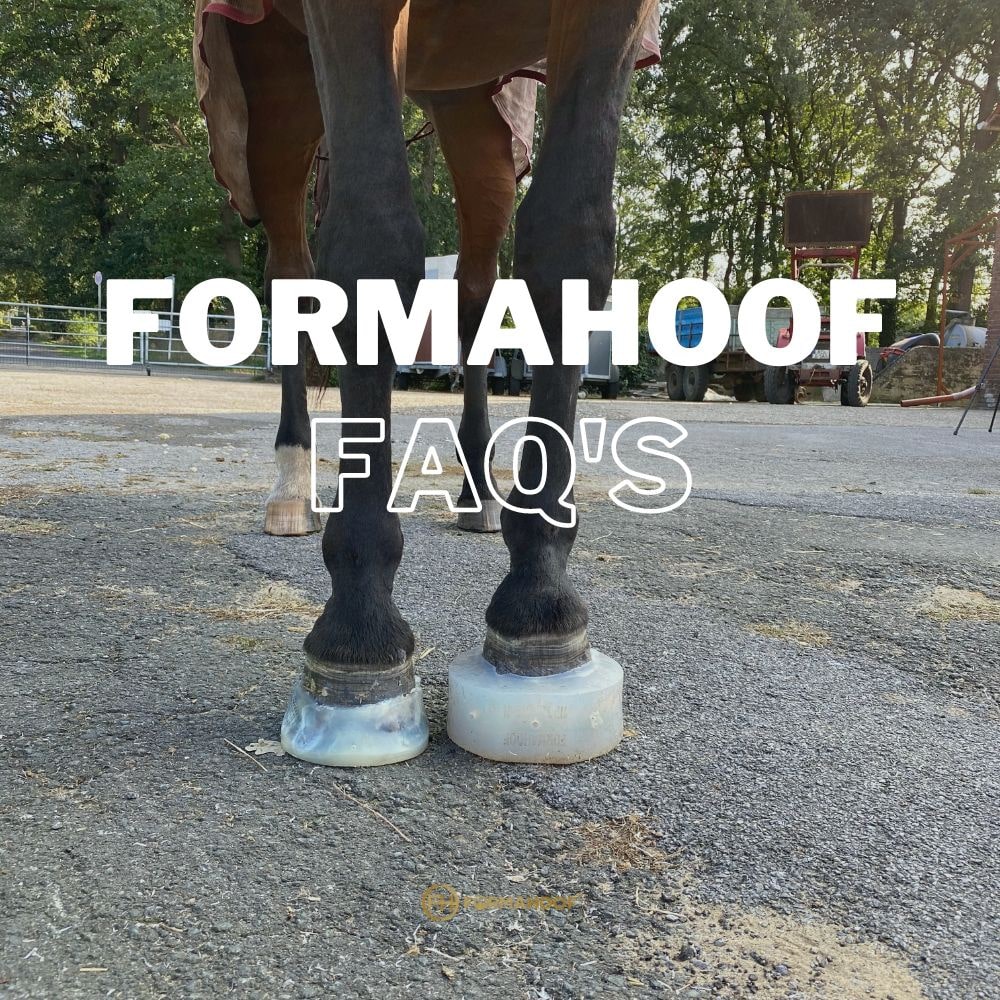We all love our horses and giving your equine friend a treat from time to time is a lovely way to enrich your relationship. Treats can come in many different forms, but they are much more than just a titbit you give your horse, they are a beneficial addition to your horse’s life. Titbits can be used in many ways, not only as a reward but also to enhance well-being and can even help your horses to carry themselves better!
In our latest nutritional article, Lisa Elliott, MSc, explains more about the numerous benefits of treats, how all horses and ponies can enjoy them and how you can even make your own healthy horse treats to share with your equine friend.
Positive Reinforcement
Treats can be used as part of positive reinforcement, which horses respond well to due to the way they learn. Positive reinforcement with treats is a fantastic way to teach your horse new skills in a fun way they will love – for example, you can teach your horse to touch a target placed at different heights and levels, which is a brilliant way of training them to lower their head when needed.
Positive reinforcement can be used to help your horse accept being touched in certain areas and can also be used when schooling to help teach and reinforce the correct exercise. Horses are intelligent animals who are willing to learn and please so there really is no limit to what you can potentially teach with treats!
Research studies by Innes and McBride (2007) and Warren-Smith and McGreevy (2008), have shown that positive reinforcement can enhance learning and the motivation to learn, so your horse will learn quicker! Using treats in this way can help create a cooperative and willing horse, whilst strengthening the human-horse relationship, and who doesn’t want a better bond with their horse?
Stable Enrichment
Treats can have a significant impact on your horse when stabled through stable enrichment. Research has shown that horses respond well to foraging devices, which encourage natural foraging behaviour (Henderson and Warren, 2001; Winskill et al. 1996). These are commonly called ‘snack balls’ or similar and are designed to fit small ‘treats’ inside with the horse then having to ‘forage’ to get the treat.
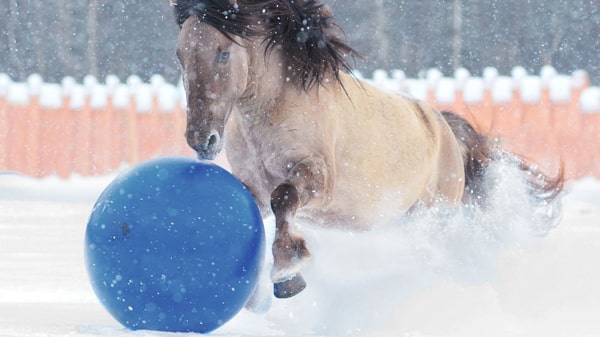
Encouraging this natural foraging can help reduce stress, and keep your horse occupied when stabled, resulting in a calmer, happier horse. So, feeding treats in this way can really improve your horse’s well-being.
Dynamic Stretching
You may or may not have heard the term ‘carrot stretches’ – these dynamic stretches use your horse’s natural movement to improve motion in the back, build core strength and improve flexibility. They may be called ‘carrot’ stretches, but they can be performed with any form of treat.
Using a treat, you can encourage your horse to progress through three different motions including rounding (flexion), hollowing (extension) and side-to-side (lateral) bending. During each exercise, your horse moves to gradually stretch the postural muscles and take each vertebra in the back and neck through a complete range of motion to reach the delicious treat!
There are many guides available online which provide you with tips to practice dynamic stretches and equine Pilates, so you can put them into practice with your horse. These are great as regular exercise or as part of a return to work regime for your horse.

Practising these dynamic stretches will result in enhanced flexibility, core strength, and balance within 2-3 weeks. A recent study (Stubbs et al. 2011) demonstrated that regular dynamic stretching significantly increased the size of deep core muscles in the horses back, with dynamic stretching 5 days per week over a three-month period. These core muscles are integral to the strength and stability of your horse’s back so offering treats in this way can help your horse to carry himself (and you) better!!
Safe Treats
There is no reason why all horses and ponies shouldn’t be afforded the benefits of treats, but it is also important to know what we should and should not feed as treats. In general fruit and vegetables represent the healthiest forms of treats for horses, but some are not suitable and could result in digestive issues if fed.
Fortunately, almost any fruits and many vegetables are safe treats for healthy horses, and these include:
- Apples
- Carrots
- Raisins
- Grapes
- Bananas
- Grapefruits
- Oranges
- Strawberries
- Melons
- Mango
- Beetroot
- Turnips
- Celery
- Pumpkin
- Parsnip
However, less desirable vegetables include Onions, Potatoes, Tomatoes, Cabbage, Brussels Sprouts, Kale, and Broccoli and are best avoided as treats as they can cause excess intestinal gas.
Treats like carrots are often described as not suitable for horses and ponies prone to laminitis and who might have corresponding Equine Metabolic Syndrome (EMS) and Insulin Dysregulation (ID) because of their sugar content, but is there any scientific basis for this?
These horses and ponies might already have a restricted diet alongside limited access to grass and hay that is soaked to remove sugars, and it seems unfair to deprive them of treats and all the benefits that come with them, including exercise.
The table below gives a comparison of the nutrient level in a variety of fruit and veg, including starch and sugar.
Table 1: Nutrient Content in a range of fruits and vegetables (Source)
| 100g (as fed) | Carrots | Apples | Plums | Grapes |
|---|---|---|---|---|
| Calories | 172 | 218 | 193 | 289 |
| Protein g | 0.9 | 0.3 | 0.7 | 0.7 |
| Water g | 88.3 | 85.6 | 87.2 | 80.5 |
| Fibre g | 2.8 | 2.4 | 1.4 | 0.9 |
| Starch g | 1.4 | 0.1 | 0 | 0 |
| Sugar g | 4.7 | 10.4 | 9.9 | 15.5 |
| Vitamin A (IU) | 16705 | 54 | 34.5 | 66 |
| Dry Matter (DM) in 100g | 11.7 | 14.4 | 12.8 | 19.5 |
| Total sugar/starch as % DM | 52.1 | 72.9 | 77.3 | 79.5 |
We can see from this comparison that on an as-fed basis (including water content) the carrot provides the lowest sugar – at just 4.7g in 100g – and offers the lowest combined starch/starch levels on an as-fed basis – at just 6.1g per 100g. The carrot also has the least calories/energy, it has the most fibre, and it has a huge amount of vitamin A (a 500 kg horse’s minimum requirement for vitamin A is 15,000 IU/day).

Horses grazing will get plenty of vitamin A, but horses on an all-hay diet, as is often the case during the autumn and winter months, may be short of vitamin A, so carrots provide an excellent source. Carrots also score well as being anti-inflammatory and contain good levels of beneficial Omega 3 Fatty Acids.
We can then compare this to an average 500 kg (1000 lbs) horse eating 2% of its body weight, which would be 10 kg dry weight, or approx. 11.2 kg as-fed weight of hay per day. Sticking to as-fed figures, if the hay is 8% combined sugar and starch that would mean 896g of sugar/starch eaten in a day. If the hay with a combined starch/sugar content of 8% is then eaten over 16 hours (so 700 g hay as-fed/hour), the horse would be consuming 56g of sugar/starch in each of those 16 hours.
Therefore, if 700 g of 8% sugar/starch hay as fed gives 56g sugar/starch, 100 g hay as fed would give 8g sugar/starch and 100 g carrot as fed gives 6.1g sugar/starch so our average carrot provides less sugar per 100g than average hay. And whilst the hay obviously provides valuable fibre, protein, fat, vitamins and minerals, the carrot supplies water (which is particularly important in winter when horses are inclined to drink less) and also essential Vitamin A.
Horses with EMS and who are prone to laminitis do need their sugar intake closely monitored and should certainly not be fed kilos of carrots. Instead, they should be fed in moderation and alongside a healthy, low-sugar diet they make a nutritious, beneficial, and enjoyable treat for laminitis-prone horses and ponies.
So, the simple answer to whether laminitis-prone horses and ponies can benefit from treats like carrots or other fruits and vegetables is a definitive yes! It’s about looking at the whole diet – considering the sugar levels on an as-fed basis in comparison to the rest of the horse’s diet. Obviously, lower-sugar treats are better, but this doesn’t mean that certain vegetables like carrots should be avoided just because they contain sugar, they can be fed in moderation and with common sense.
Making your own healthy horse treats
One of the nicest ways you can offer treats to your horse or pony is to make your own healthy horse treats. With Christmas around the corner, what better gift could there be than a nice, tasty healthy treat for them to enjoy during the festive season? So, to finish off this treat-focused blog we have included some easy, healthy treat recipes for our equine friends this Christmas:
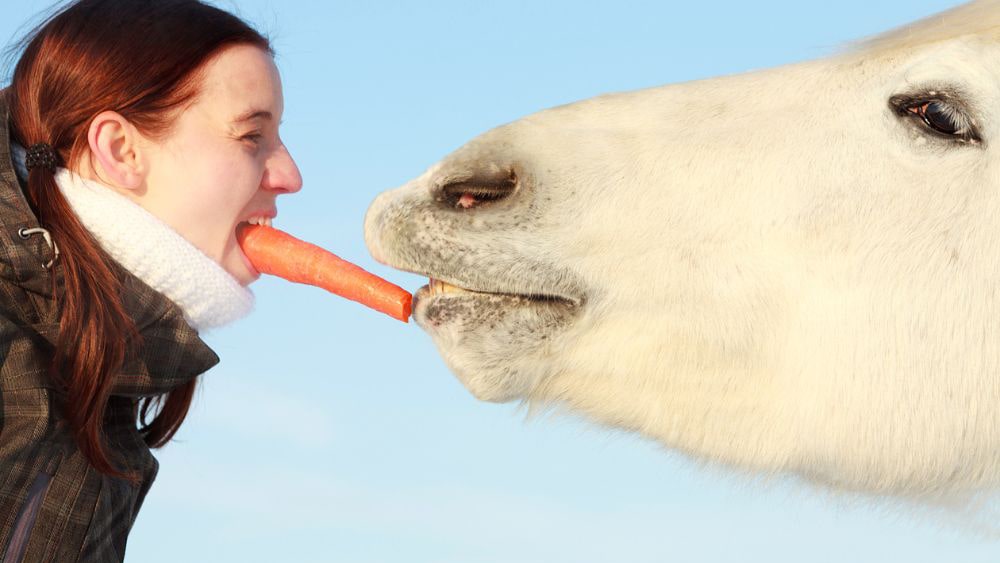
Carrot Crunch
Ingredients
½ Cup Grated Carrots
1 Cup of Oats
1 Cup of Oat Flour
¼ Cup Unsweetened Applesauce
1 Teaspoon Salt
½ of a Banana
Method
Preheat the oven to 180°C (350°F). Mix all the ingredients together in a bowl, to reach a firm consistency. Divide into around twelve individual cookies on a baking tray. Cook for 12 Minutes. Flip each one over and cook for 5 more minutes.
Fruity Treats
Ingredients
1 1/2 Cup Oat Flour,
1/2 Cup Coconut Oil,
1 Cup of any fruit chopped (apples, peaches, bananas).
Stir ingredients to mix. If it is too runny, add more flour until thick and gooey. Drop onto baking sheet in individual rounded spoonfuls and bake for 15 min at 180°C (350°F). The cookies should be crunchy when finished cooking.
Mint Cookies
Ingredients
2 large, grated carrots
Grated apple
A handful of chopped mint leaves
2 tablespoons vegetable oil
1/4 cup molasses
Teaspoon of salt
Cup of oats
Cup of flour
Method
Preheat the oven to 350°F/180°C (Gas Mark 4 or 325°F/ 160°C Fan assisted) then mix the carrots, apple, oil, and molasses together in a large bowl. When that’s all mixed together add the rest of the ingredients and separate into bite-sized balls. Line a baking tray with greaseproof paper and place the balls on that before baking for around 25 minutes. Remove from the oven and allow to cool.
Step Into a Future of Enhanced Equine Wellness!
The joy and nourishment that homemade treats bring to your horse are unparalleled. While treats encapsulate moments of happiness and occasional nutritional uplift, a comprehensive, scientifically-backed, and personalized nutritional plan is crucial for their sustained health and performance.
🐴 Boost Wellness with FormaHoof! 🐴
FormaHoof is more than just a transformative solution for hoof care. It ensures your horse stands strong, ready to harness all the nutritional goodness from the treats and meals they indulge in. A solid foundation begins with healthy hooves, and we’re committed to making that journey both effective and enriching!
💼 Exclusive Offer: Tailored Nutrition Plans 💼
Secure a detailed Equine Nutritionist Consultation for just €50!
🍏 Your Investment Brings
Individualized Plans: Nutritional strategies crafted uniquely for your horse.
In-depth Diet Analysis: Insights into their current diet and actionable recommendations.
Balanced Treat Usage: Understanding how to harmoniously incorporate homemade treats.
👉 Book Your Nutritionist Consultation Today!
Providing optimal nutrition for your horse involves marrying the joy of homemade treats with a robust, professional nutritional plan and stellar hoof care. Let’s pave the path towards comprehensive equine wellness together, ensuring every trot is powered by strength, vitality, and joy.



